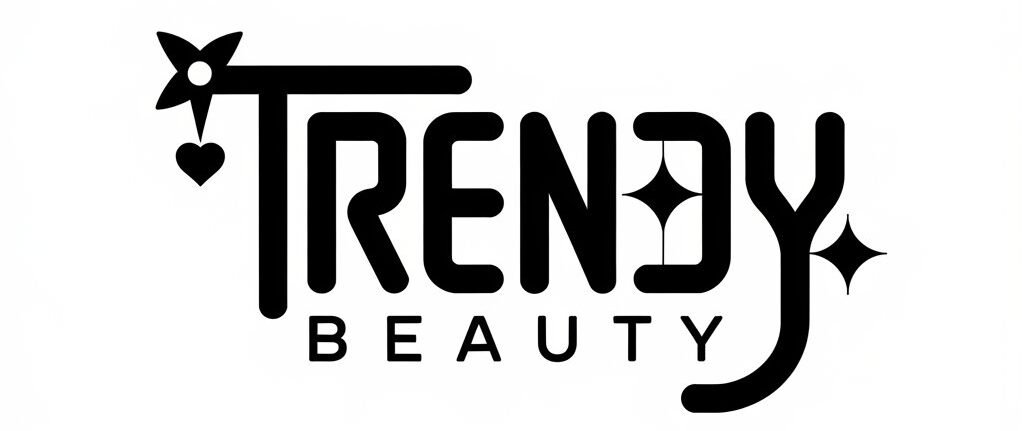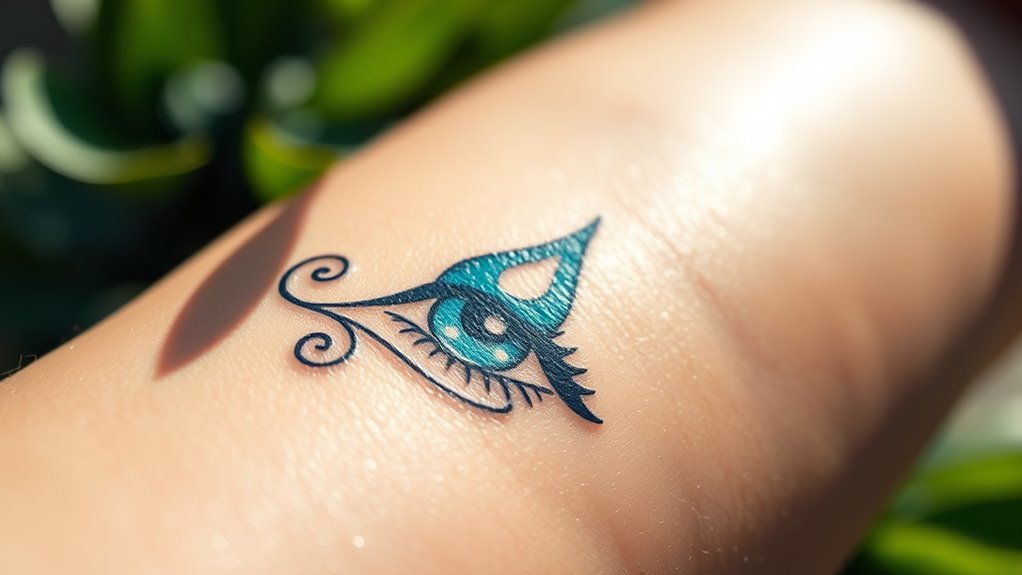When you consider an eye drop tattoo, it's not just a design choice; it's a narrative etched into your skin, often representing tears shed for those you've lost or significant moments in your life. These tattoos can symbolize resilience and emotional healing, but their meanings vary across cultures and personal experiences. As you explore the layers of significance behind this art form, you might find that each droplet tells a story worth examining more closely. What deeper connections could this tattoo reveal about identity and shared human experiences?
Historical Context of Eye Drop Tattoos
Throughout history, eye drop tattoos have served as more than mere body art; they've functioned as powerful symbols of cultural identity and personal expression. These tattoos often carry ancient symbolism, deeply rooted in the traditions and beliefs of various societies.
For many indigenous cultures, the eye drop design represents the idea of vision—both literal sight and spiritual insight. This motif signifies a connection to ancestral wisdom, reflecting a community's values and history.
In different contexts, eye drop tattoos convey cultural significance that transcends individual meaning. They often act as markers of belonging, indicating one's affiliation with a specific group or tribe.
For instance, in some African tribes, these tattoos may denote rites of passage, signifying a person's journey into adulthood or their role within the community.
As you explore the historical context of eye drop tattoos, you'll uncover layers of meaning that resonate with the ongoing quest for identity and belonging.
Emotional Significance and Personal Stories
Eye drop tattoos often carry profound emotional significance for those who choose to wear them, becoming a canvas for personal narratives and experiences. For many, these tattoos symbolize personal journeys marked by loss, grief, or resilience.
When you opt for an eye drop tattoo, you're not just making a fashion statement; you're expressing a deep connection to your own story of emotional healing.
Consider how this ink represents tears shed for loved ones or difficult moments in life. Each drop can serve as a reminder of your strength, a tribute to the struggles you've faced, and a celebration of your growth.
You might find comfort in sharing your story with others who wear similar tattoos, creating a bond rooted in shared experiences of healing and transformation.
Moreover, these tattoos often foster discussions about mental health, encouraging you to connect with others who resonate with your journey.
In this way, the eye drop tattoo becomes more than just a design; it evolves into a symbol of belonging, community, and the ongoing process of healing.
Through your tattoo, you're not alone; you're part of a collective narrative that honors vulnerability and strength.
Cultural Interpretations Across Regions
Across various cultures, eye drop tattoos take on distinct meanings, reflecting the values and beliefs of different communities. In some Indigenous cultures, these tattoos symbolize the tears shed for lost loved ones, embodying a deep connection to ancestry and remembrance.
You might find that in these contexts, they serve as a powerful expression of grief and resilience, woven into the fabric of cultural identity.
In contrast, in certain urban settings, eye drop tattoos often signify a form of rebellion or a life lived on the fringes. Here, they can become markers of survival, showcasing a journey through adversity.
As you explore regional variations, you'll notice that some communities incorporate specific colors or designs that infuse additional cultural symbolism into the tattoos, such as hope or renewal.
Understanding these diverse interpretations allows you to appreciate the rich tapestry of meanings behind eye drop tattoos. They become more than mere body art; they embody the aspirations, struggles, and stories of the people who wear them.
Aesthetic Appeal and Design Variations
In exploring eye drop tattoos, you'll discover a fascinating array of aesthetic appeal and design variations that reflect personal stories and cultural influences.
These tattoos are more than just ink on skin; they embody the wearer's experiences, emotions, and connections to their heritage. You might find yourself drawn to specific styles and motifs that resonate with your own journey.
- Minimalist designs showcasing simplicity and elegance
- Vibrant colors symbolizing emotions, life events, or cultural significance
- Intricate patterns that tell a story or convey a message
Current design trends often incorporate a blend of traditional and modern elements, allowing for unique expressions of identity.
Color symbolism plays a significant role in these tattoos; for instance, blue may represent tranquility, while red could signify passion. By understanding these nuances, you can choose a design that not only captivates visually but also connects deeply with your personal narrative.
Ultimately, eye drop tattoos serve as a canvas for belonging, enabling you to showcase your individuality while being part of a broader community that appreciates art and meaning.
Each design variation is a reflection of the diversity of human experience.
Common Misconceptions and Myths
Tattoos, often steeped in personal and cultural significance, can also be clouded by misconceptions and myths that distort their true meaning.
When it comes to eye drop tattoos, many fall prey to tattoo stereotypes that suggest these designs signify reckless behavior or a rebellious spirit. However, this perception overlooks the deeper emotional connections and stories behind the ink.
You might find that societal judgment plays a significant role in how others perceive your choice. Some assume that an eye drop tattoo indicates a connection to substance abuse or a troubled past, but that's far from the reality for many wearers.
Instead, these tattoos often symbolize healing, resilience, or a reminder of a loved one.
Choosing the Right Eye Drop Tattoo
When you're considering an eye drop tattoo, it's essential to reflect on what the design means to you personally. This tattoo can symbolize various emotions or experiences, and it's important to choose a design that resonates with your journey.
- Think about the symbolic colors: Each hue carries its own meaning. For instance, blue might represent tranquility, while red could symbolize passion.
- Consider the design placement: Where you place your tattoo can enhance its significance. A visible spot might express openness, while a hidden area could signify something more intimate.
- Reflect on your story: What do you want this tattoo to convey about you? Your experiences, struggles, and triumphs can all be woven into the design.
Frequently Asked Questions
Are Eye Drop Tattoos Painful to Get?
Getting an eye drop tattoo can vary in pain depending on your pain tolerance and tattoo experience. Many find it manageable, but understanding the process and preparation can help ease any apprehensions you might have.
How Much Do Eye Drop Tattoos Typically Cost?
Eye drop tattoos typically cost between $50 to $150, depending on design variations and artist expertise. Their cultural significance can influence price, reflecting both personal stories and community connections, fostering a sense of belonging through shared meanings.
How Long Does It Take to Heal After Getting One?
After getting your tattoo, the healing process usually takes about two to four weeks. Follow aftercare tips closely, like keeping it clean and moisturized, to guarantee your tattoo heals beautifully and safely.
Can Eye Drop Tattoos Be Removed Easily?
Removing eye drop tattoos isn't always easy. Laser removal can help, but you might experience varying degrees of tattoo fading. It's crucial to consult professionals who understand your unique skin and tattoo history for the best results.
What Are Common Placements for Eye Drop Tattoos?
When considering placements for eye drop tattoos, you might find inner wrist and ankle placements popular among those seeking subtle yet meaningful expressions. These locations offer visibility while allowing for personal significance in your body art journey.




